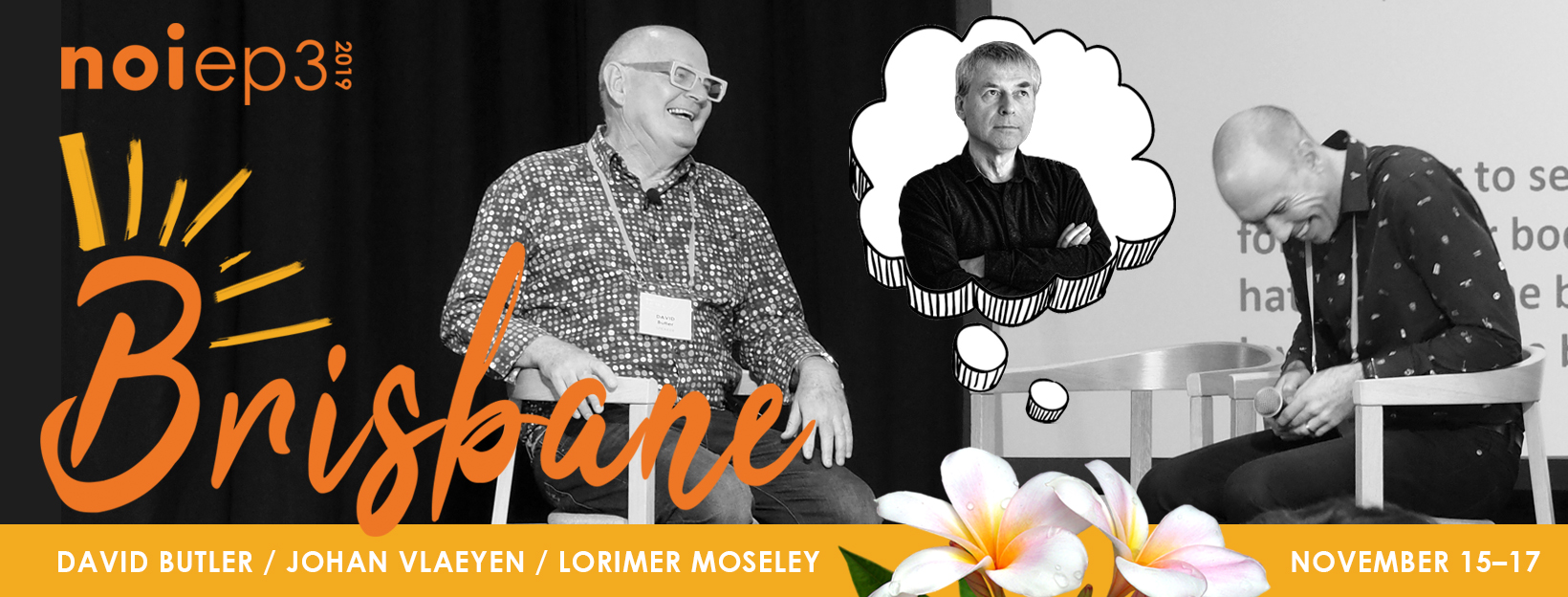The best Explain Pain messages are memorable, persuasive, easily retrievable and behaviour changing. Repetition is one of the most powerful rhetorical skills but of course you don’t want to put clients off or bore them to tears; however, there are ways of incorporating subtle repetition. We will be playing with many forms of linguistic persuasion at the EP3 seminar coming up in November.
Anaphora
Use of anaphora is one such way. Anaphora as a rhetorical tool refers to a repeating of a sequence of words, usually at the start of a sentence. Famous examples include Martin Luther King repeating “I have a dream” eight times in what has become known as his “I Have a Dream Speech.” Charles Dickens in the Tale of Two Cities wrote “it was the best of times, it was the worst of times” followed by seven more “it was-s”. Winston Churchill’s “we shall fight on the beaches” speech is memorable even for those who were not there. “We shall fight them on the beaches, we shall fight on the landing grounds, we shall fight in the fields and in the streets, we shall fight in the hills…” Churchill’s message was not just about having a fight everywhere, the anaphoric language led to hope, a future and encouraged the listener to take some control. These days however, politicians may overdo the anaphora.
Every breath you take, every move you make
Musicians and poets frequently use anaphora. Sting sang “Every breath you take, every move you make, every bond you break, every step you take, I’ll be watching you.” It is definitely catchy!
Anaphoric language adds rhythm, an aesthetic quality and emotion. All of these qualities add memorability. Repeating words at the start of a sentence is much better than repeating at the end as the listener is still open to what may follow, it creates a sense of participation and the listener may predict the next phrase or sentence.
But I can’t bring Churchill and King along to the clinic!
Yes you can! We all use anaphoric language. Here are some examples:
– I am reminded of the words Mark Jensen chooses during hypnosis exercises. They go something like this “every day and in every way, you will feel better and better.”
– If you are advising stretching, try “this technique will stretch your muscles, stretch your ligaments, stretch your fascia, stretch all your soft tissues”. You have popped four stretch reminders in and your client isn’t bored and is probably contemplating what else they might stretch .
– On setting a clinical contract “At the end of three sessions, we will summarise where we are heading. We will discuss what we think is happening, we will discuss how long it will all take, we will discuss what I can do and we will discuss what you can do.” You’ve just set yourself up for a lot of discussion.
– Let it go, let it soften, let a deep breath in, let it relax, let it be….
– I can do this, I can do that…
Of course it could go the other way and anaphoric language may reinforce a DIM (Danger In Me neurotag). For example, “It looks like the disc is degenerated, the L4 disc is causing the problem, the disc space is gone”. It may all lead to a narrow biomedical focus and belief that the disc is the total problem. Or “I can’t do this, I can’t do that , I can’t.”
We need all the help we can find to help change some of the misconceptions out there and linguistic strategies and twists are a key part of Explain Pain education. Join us if you can at EP3 in Brisbane 2019 for more anaphora, alliteration, rhyme, ideophonetic language, twosomes, threesomes and more!
Check out the incredible anaphora in this clip. You could add I like to move it move it, or some Sting to your Explain Pain!
[youtube https://www.youtube.com/watch?v=hdcTmpvDO0I&w=560&h=315]
Very very best wishes,
– David Butler


comments